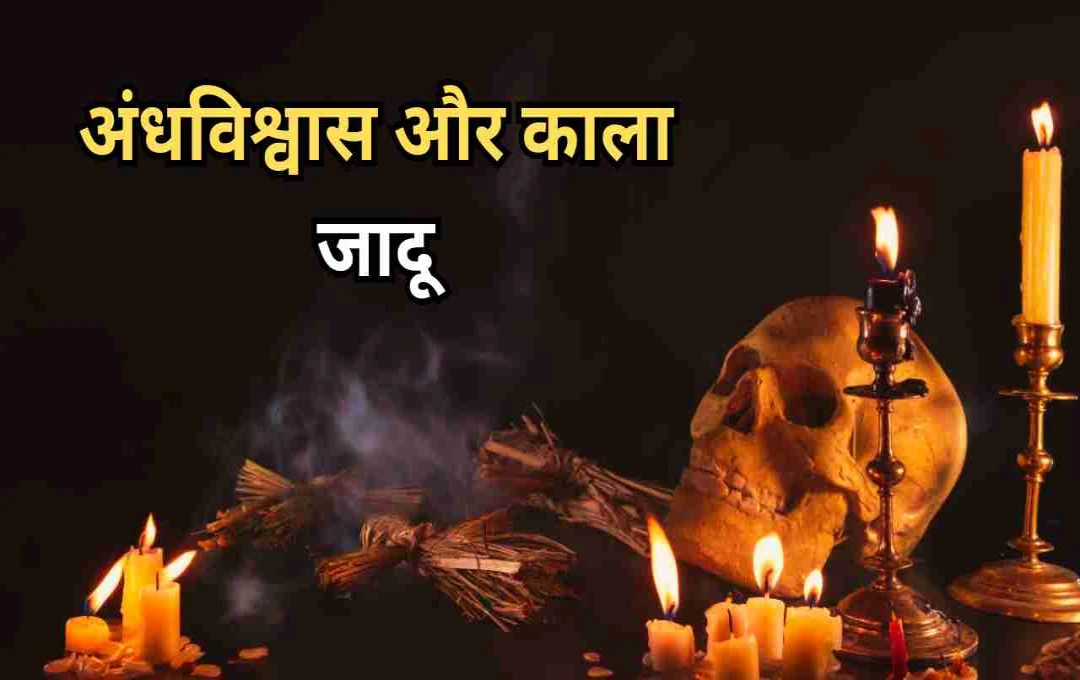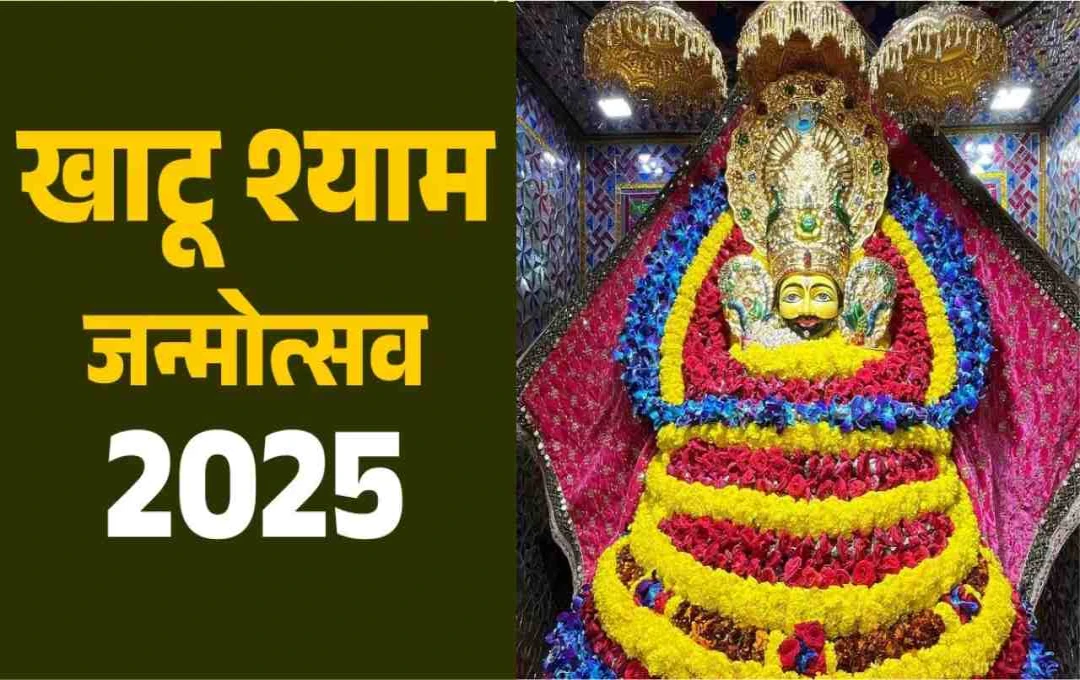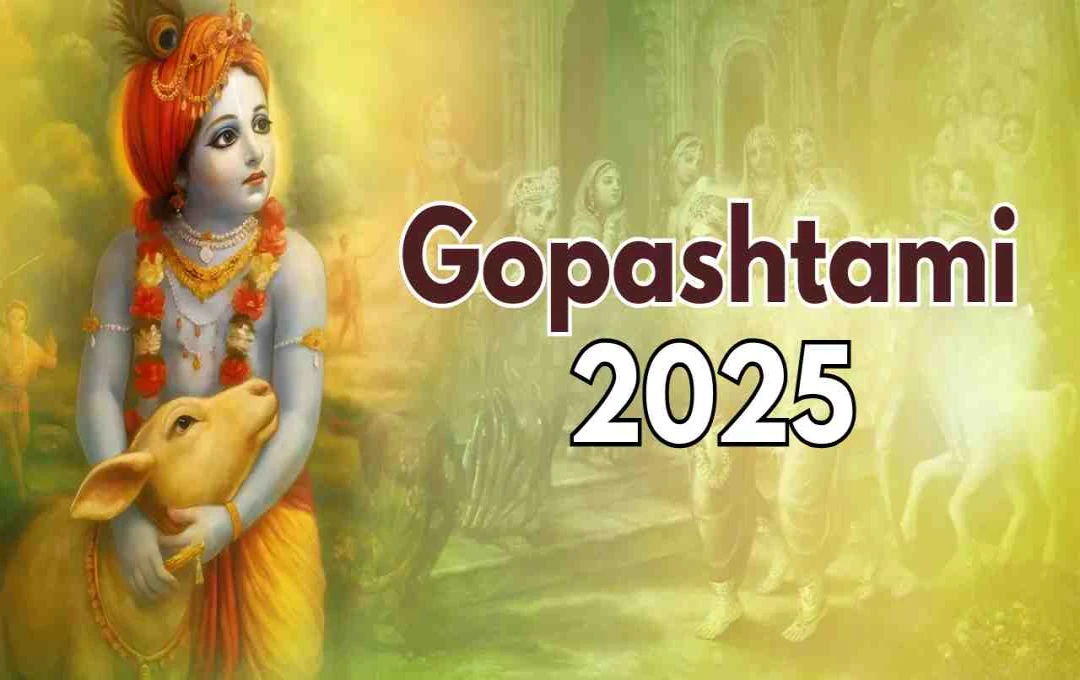In the Travancore region of Kerala, a tradition once existed where women could have relationships with multiple men. This was known as 'Sambandham.' It did not involve any marital bond, and the husband had no rights to the children or property. Everything was managed in the mother's name. This tradition gradually disappeared in the 20th century due to changes in law and society.
What was 'Sambandham'?
In the old Travancore region of Kerala, a unique tradition called 'Sambandham' existed for women of the Nair caste. In this practice, women would perform a symbolic marriage ritual once (Thali Kettu Kalyanam), but afterwards, they were free to have relationships with multiple men of their choice.
These relationships were not binding—there was no designated husband or wife. However, society fully recognized it. The woman could end the relationship whenever she wished. The man could also do the same.
This was not something done secretly; rather, it was an openly accepted social system.
Men Would Visit Only at Night
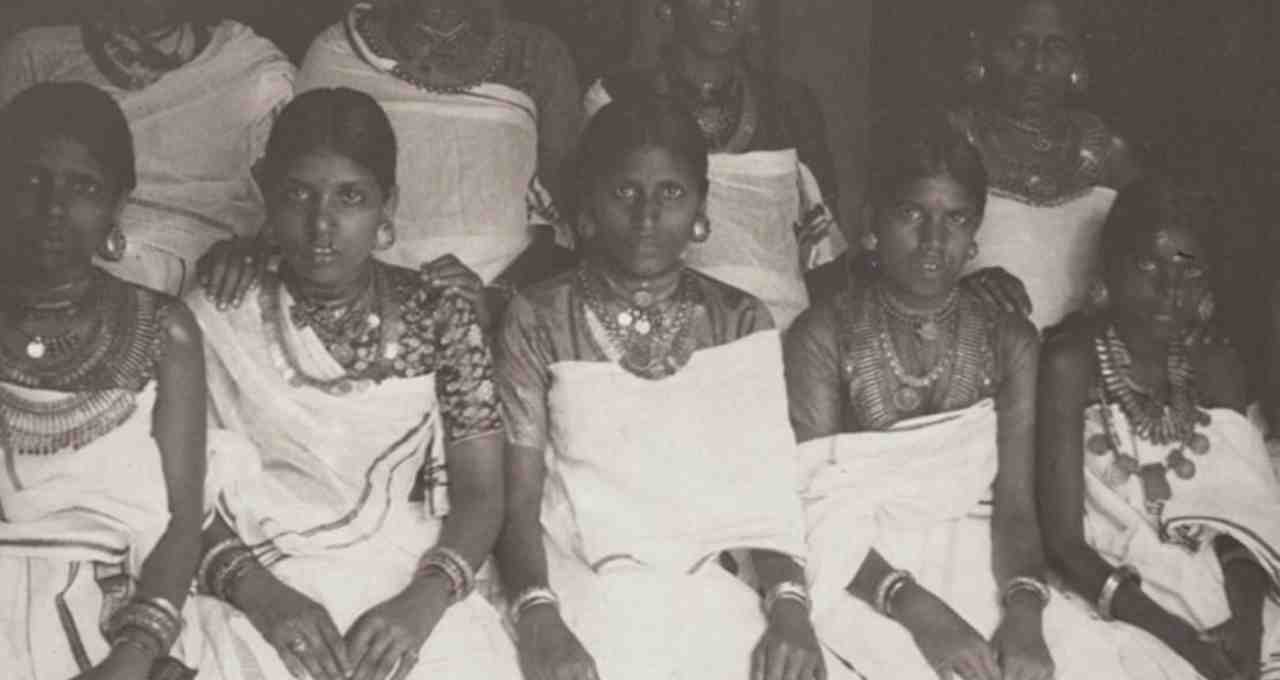
In Sambandham, the man who had a relationship with a woman was not allowed to visit or meet her during the day. These 'husbands' could only come at night, and upon leaving, they would leave their weapons (such as a sword) at the door, indicating that a man was present with the woman at that time.
Some people referred to these men as 'visiting husbands' because they only came for a short time—they had no rights over the children or the property.
Lineage Followed the Mother, Father's Name Was Not Associated
The Nair society followed a matrilineal system called Marumakkathayam. This meant that lineage, name, and property were all passed down through the mother's side.
Children were counted as part of the mother's family. The father had no responsibility. The maternal uncle, i.e., the woman's brother, was responsible for the children's education, marriage, and care.
Women owned their houses (Tharavadu), land, farms, and income. They were the landowners themselves and also collected rent.
Why and How Was the Tradition Abolished?
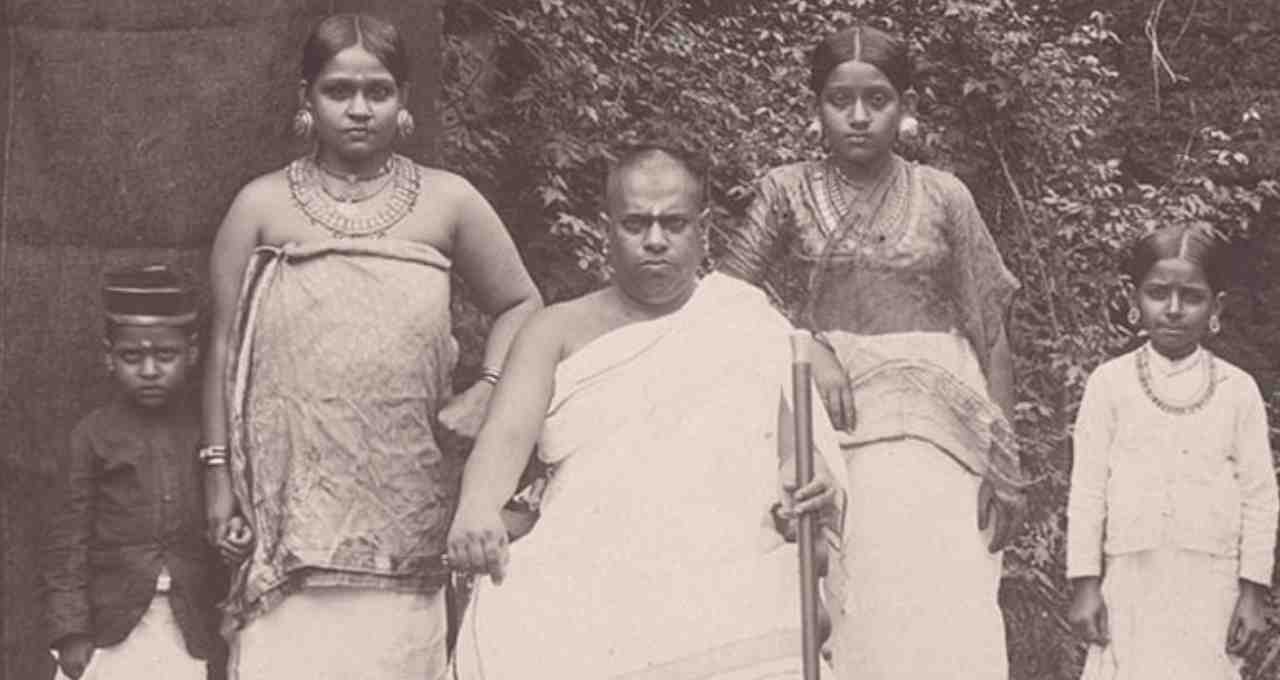
When the British Raj arrived and Christian missionaries came to Kerala, they considered all this 'uncivilized' and 'strange.' They began to impose their laws and ideas about marriage on society.
Gradually, educated people within the Nair community also began to question this tradition.
Subsequently, the 'Nair Act' was passed in 1925, which refused to recognize Sambandham as a legal marriage. Then, in 1933, the 'Travancore Marriage Act' was introduced, and this tradition was abolished.
Finally, when the Hindu Marriage Act came into effect in 1955, the Nair community, like other communities, began to practice legal marriage. Sambandham completely ceased.
What Does the Current Picture Say?
Now, Nair women do not follow the old traditions, but an independence and open-mindedness are still evident in them.
Kerala's women are educated, employed, and self-reliant. This is why Kerala's literacy rate is above 96%, the highest in the country.
Although the old tradition has ended, its reflection can still be seen in the thinking, lifestyle, and confidence of Kerala's women.
Sambandham was a practice that was completely different from the rest of Indian society. It shows that there was no uniform social thought everywhere in India.
While men were prioritized in most parts of the country, women were the center of society in Travancore.
Even though this tradition has become history, it is an important part of understanding India's cultural diversity and the depth of social thought.










